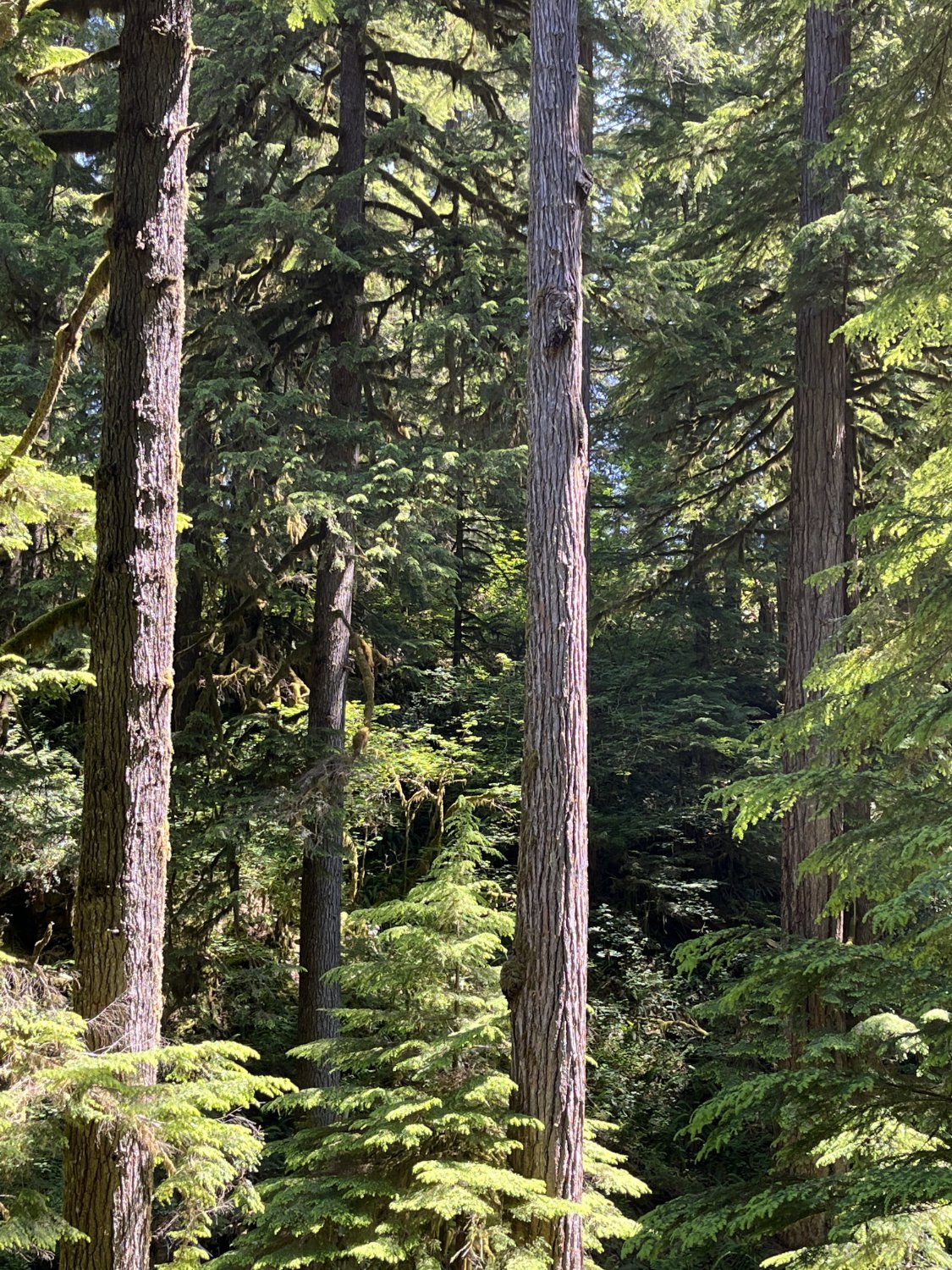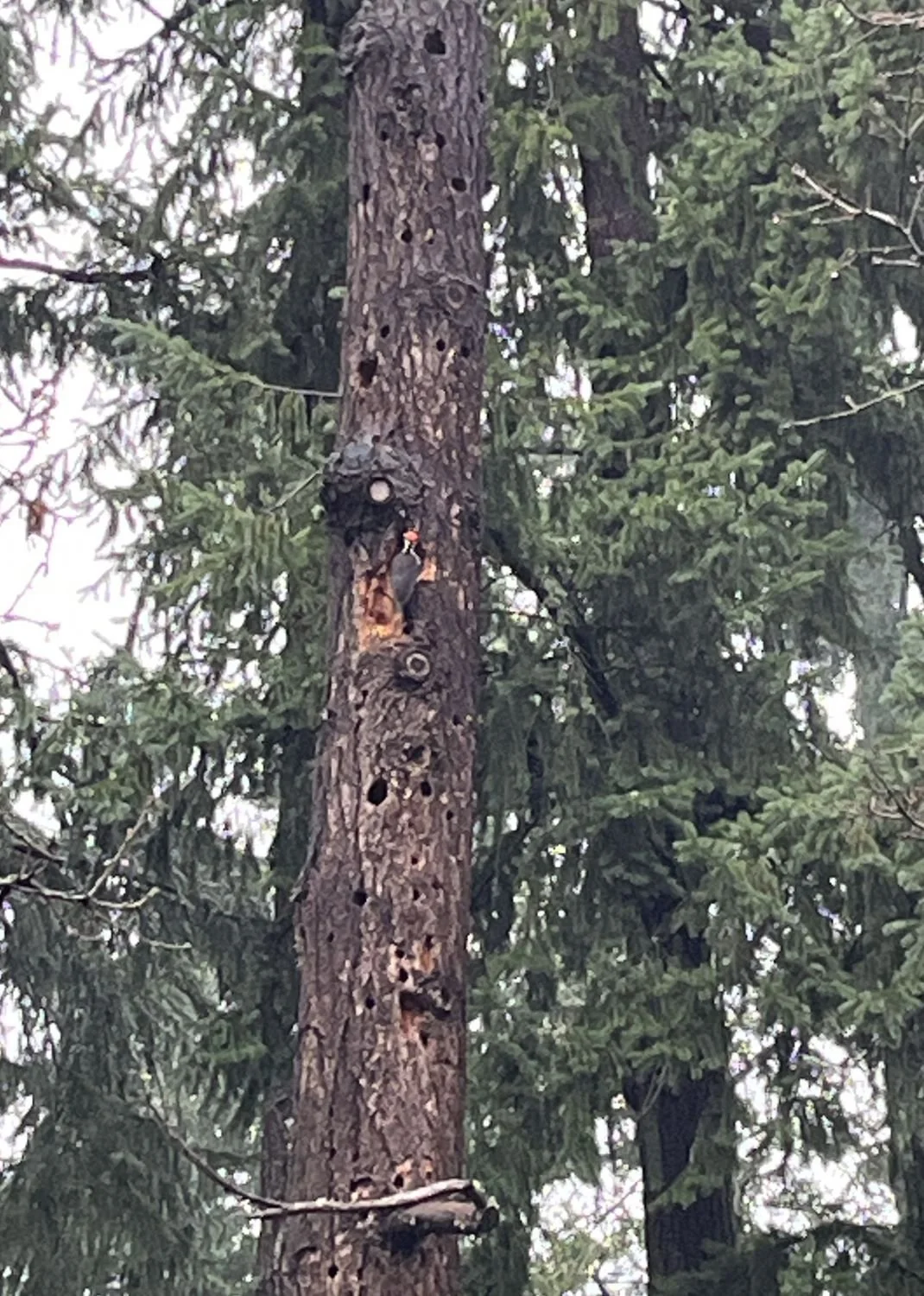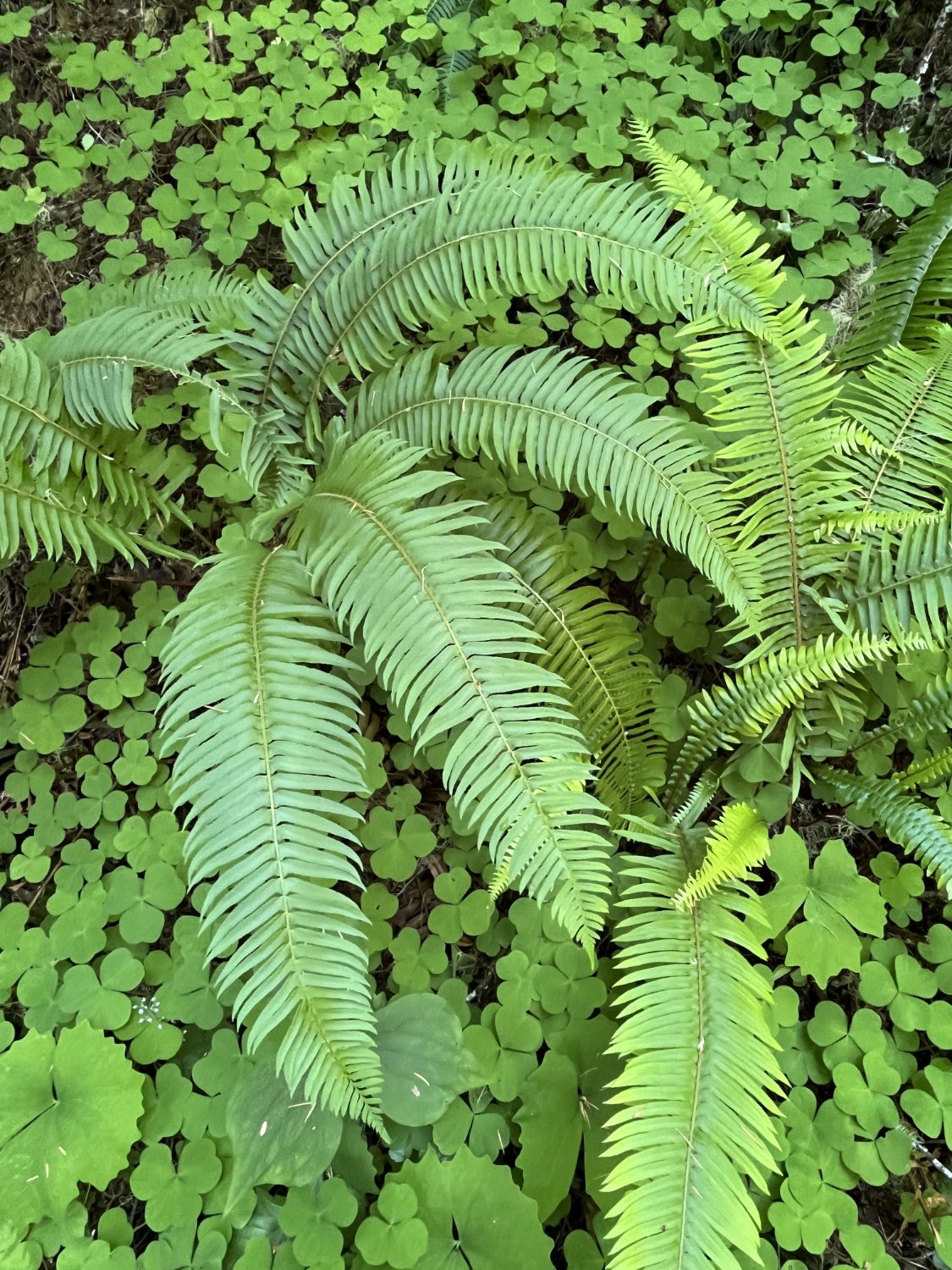
What are old-growth forests?
Within this publication I primarily define and interpret old-growth forests from an ecological perspective. Old-growth ecology is critical to our well-being in many ways, and provides an observable and measurable context to understand the unique features of an old forest. But for many people, myself included, it is the emotive aspects of an old forest that inspire and motivate us.
Many are struck by the sheer beauty of the stout, cinnamon tree trunks; the shafts of sunlight highlighting a lush understory of thigh-high ferns; or the gnarly forms of broken and twisted moss-draped branches. The awe-inspiring dimensions of these giants are globally noteworthy and dwarf human visitors. Immersion in truly old forests, shaped by many centuries of growth and change, provides a living connection to an ancient landscape shaped by the forces of nature and indigenous cultures. You do not have to count rings to sense the great age of these behemoths. Encountering old forests face-to-face is a humbling experience, and an opportunity to both better appreciate what we think we know, and to glimpse untold mysteries.
Fifty years ago, the term "old-growth forest" referred simply to a forest older than the preferred timber harvest age. Now we see such a forest as a highly connected and complex ecological community supporting many species and ecological processes. Defining the term is made difficult by great variability in both ecological conditions and cultural perspectives. Definitions based on the structural attributes of a forest are commonly used, practical to apply, and include many of the unique features of old growth. The federal mature and old-growth forest inventory and report (2023), as directed by an Executive Order from President Biden, also uses structural characteristics to define and inventory old forests.
The structure of a forest refers to the size, number, condition and arrangement of both live and dead trees present in a given area of forest. Specific definitions vary based on the species typical of certain site conditions. Since tree size and other characteristics vary by tree species and site productivity, the expected size and number of old trees, snags and logs expected in old-growth forests also differs based on the tree species and growing conditions typical for a site.
Four characteristics of forest structure are often used to describe old-growth forests. First and foremost are large, live trees that dominate the upper forest canopy. None of the other characteristics are possible without big, old trees. Standing dead trees (snags), formed when these giants die, are the second major component. Snags can remain standing for many decades, gradually breaking down and succumbing to the forces of gravity and decay. Standing trees, both live and dead, often crash to the forest floor, creating a third component - large, down wood. Down logs may persist for centuries (e.g., western redcedar), or may turn to mush in a few decades (e.g., Pacific silver fir). The final characteristic is a multi-layered or vertically continuous forest canopy stretching from the forest floor to the tops of the tallest trees. However, this feature is not characteristic of drier forests where frequent low-severity fires kill a significant portion of the smaller understory trees.
Each of these components contributes to the overall diversity and function of an old forest. Big live trees support massive crowns of branches and needles, which power the food web and support arboreal lichens, mosses, birds, spiders, insects, and small mammals. Many of these species are much more abundant in old forests, and some contribute significantly to forest nutrient cycles. Numerous birds, bats and bugs use big snags as foraging and nesting habitat. Down logs shelter amphibians and small mammals, act as nurse logs to seedlings, and store vast amounts of carbon and water. Together these habitats, species, and ecological processes form a unique ecosystem worthy of recognition, study, protection, and enjoyment.

Large live trees

Large standing dead trees (snags)

Large logs

Continuous forest canopy

Old growth

Pileated woodpecker on DF snag

Lush swordfern and oxalis